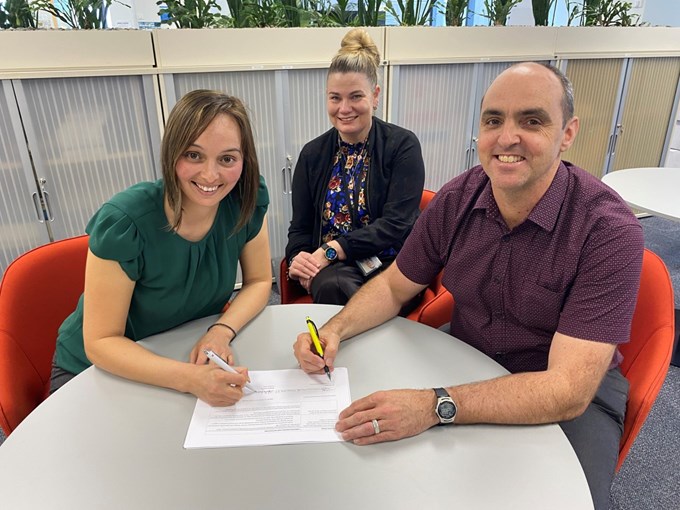Free from predators like stoats, Norway rats and possums, Aotea / Great Barrier is home to many native species - kākā, pāteke, wētā and chevron skinks (moko taniwha).
Unfortunately, ship rats have made their way to the island and feral cats have made it their home, putting those native species under threat.
Now a large-scale, mana whenua-led project is underway to eradicate them.
Makere Jenner, who lives on the tiny island of Rangiāhua off the coast of Aotea / Great Barrier, is Tū Mai Taonga project lead.
Passionate about the role and the chance to leave long-term benefits for future generations, she says it is one of the biggest benefits of the project.
“Mana whenua look at timelines and priorities differently to other organisations; our long-term plan is at least 100 years. It's beneficial to look at conservation in longer terms because it requires consistent long-term investment of funds, effort, research, knowledge, and everything in between to be successful.
"As mana whenua, we've always been here, and we will always be here. So, whether this project succeeds or fails or falls somewhere in between, we're here to either reap the benefits or cop the fallout, which means we're going to put a heck of a lot into making sure that it does succeed.”
Ngāti Rehua Ngātiwai ki Aotea gained a mandate from the island’s community groups to lead Tū Mai Taonga and the project team of approximately 30.
They work alongside Auckland Council, the Department of Conservation, and other environmental groups to ensure their work programmes are complementary.
Makere says the project is enabling whānau to move back to the island to do meaningful work.
“Our field team is hugely committed to the long-term outcomes as well as the career opportunities the project offers.
“Many have received training in first aid, the use of 4-Wheel Drives and safe handling of chemicals in the field giving them long-term skill for future employment or tertiary study. Training and mentoring will help build the conservation workforce needed to achieve a predator-free Aotea.”
Auckland Council’s Head of Natural Environment Delivery Phil Brown says there are two key benefits.
“As well as the biodiversity outcomes for Aotea which includes mana whenua exercising kaitiakitanga, the other beneficiary is the island economy. Tū Mai Taonga is now one of the largest employers on the island.”
The long-term aim is eradication of predators which will have ongoing biodiversity outcomes for the island.
The project has Jobs for Nature funding through Predator Free 2050 Limited and the Department of Conservation. Auckland Council has provided funding through Ngā Mātārae Māori Outcomes Directorate and Environmental Services.


